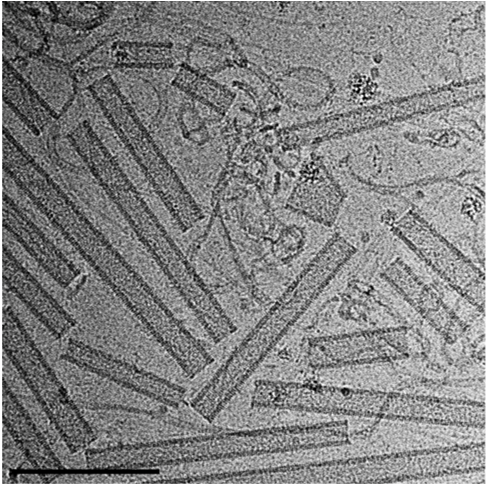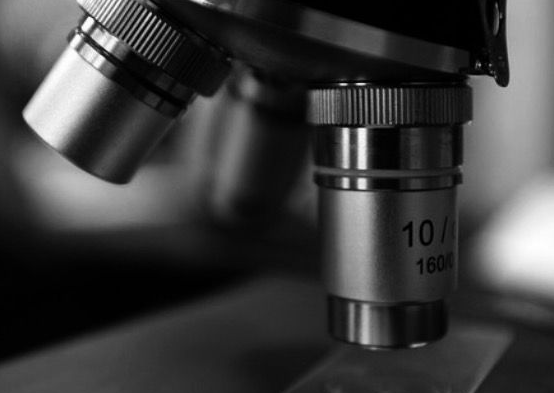
We tailor high resolution imaging techniques to study the mechanism of ESCRT driven membrane fission.

Our moto is to advance state-of-the-art microscopy techniques including quantitative live cell imaging and super resolution (SR) microscopy and cryo-EM molecular machines. In order to resolve how proteins shape membranes across evolution
Specifically, we focus on understanding how the evolutionary conserved ESCRT complex orchestrate in cells to cut membranes. By combining high-resolution imaging with biochemical and structural studies of ESCRT machineris encoded in prokaryotes and eukaryotes , we aim to unlock the mechanistic principals of this unqiue protein complex








